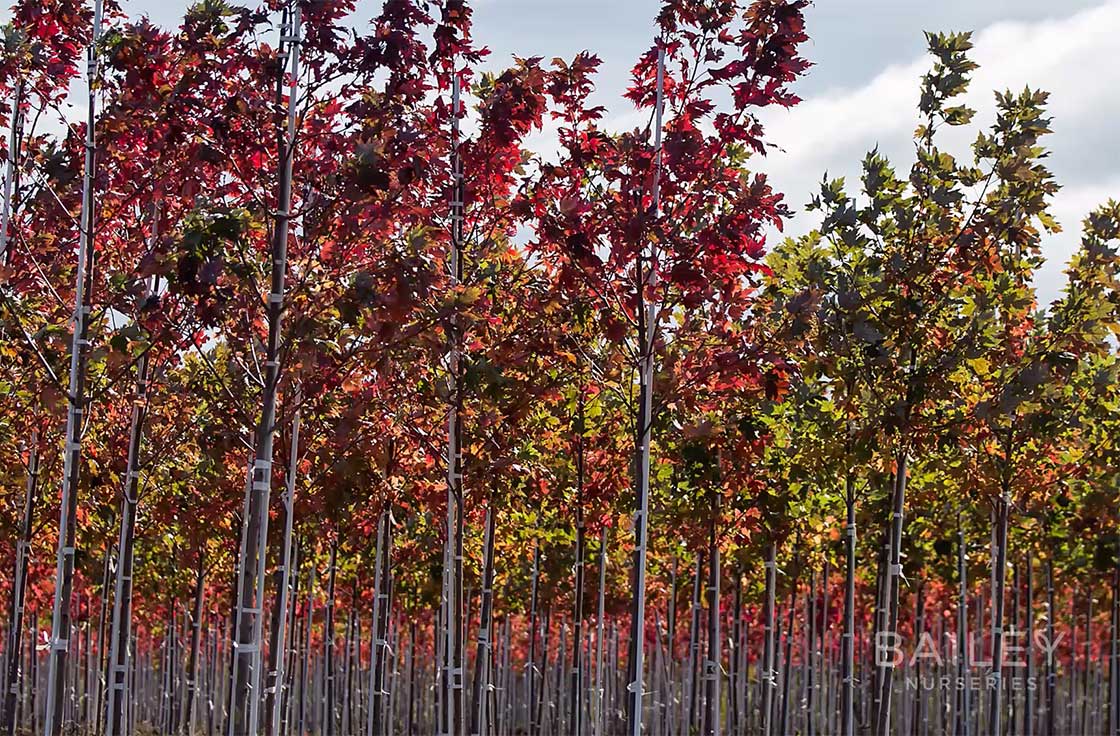

Agr Ecosyst Environ 120:201–205Ĭarneiro VMC, Sablayrolles PJL, Oliveira CG, Sablayrolles MGP (2012) Floristic composition and diversity of forest remaining in lots of farmers of the Triunfo do Xingu Environmental Protection Area, Para, Brazil. Basic Appl Ecol 14:329–336īos MM, Steffan-Dewenter I, Tscharntke T (2007) Shade tree management affects fruit abortion, insect pests and pathogens of cacao. Agroecol Sustain Food 40:96–113īieng MAN, Gidoin C, Avelino J, Cilas C, Deheuvels O, Wery J (2013) Diversity and spatial clustering of shade trees affect cacao yield and pathogen pressure in Costa Rican agroforests.

Glob J Wood Sci For Wildl 3(3):094–100Īsase A, Tetteh DA (2016) Tree diversity, carbon stocks, and soil nutrients in cocoa-dominated and mixed food crops agroforestry systems compared to natural forest in southeast Ghana. Īdou Yao CY, Kpangui KB, Koffi BJC, Vroh BTA (2015) Farming practices, diversity and utilizations of associated species of cocoa plantations in a forest savannah transition zone, Center Côte d’Ivoire. The role of biodiversity conservation, provided by shade trees, should be the target of political strategies to encourage its maintenance, such as payment for ecosystems services or other economic incentives.Ībou Rajab Y, Leuschner C, Barus H, Tjoa A, Hertel D (2016) Cacao cultivation under diverse shade tree cover allows high carbon storage and sequestration without yield losses. The conclusion highlights the necessity of long-term succession planning and management practices to guarantee cacao crop maintenance and improve diversification with other income sources, such as fruits and wood. The result shows an unexploited potential products and gap of services provision, such as N-fixing. Although there was increase of late succession species from IS to SS, this still keeps high abundance of early succession species, such as Cecropia sp. were found only in IS and were dominant species, representing almost a half of the individuals. As expected, floristic composition was different and SS had greater species richness and diversity than IS, where only 17% of species were the shared among them.

It was sampled 10 plots in each situation (20,000 m 2 in total) identifying individuals with CBH ≥ 15 cm. The objective of this study was to understand the shade trees transition between successional management phases of cacao-AFS, considering its initial shade (IS) and secondary shade (SS). In southern Pará, Brazilian Amazon, farmers manage native shade trees growing with cacao, but species selection may be not appropriate to AFS maintenance over time. Agroforestry systems (AFS) are important agricultural land use in synergy with socio-environmental aspects, especially with cacao ( Theobroma cacao L.) crop, a commodity mainly produced by smallholders in the humid tropics.


 0 kommentar(er)
0 kommentar(er)
